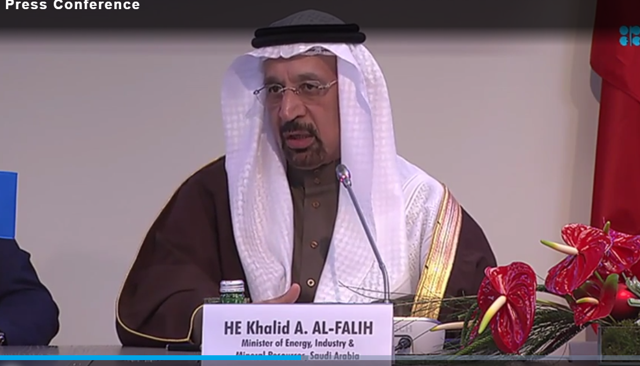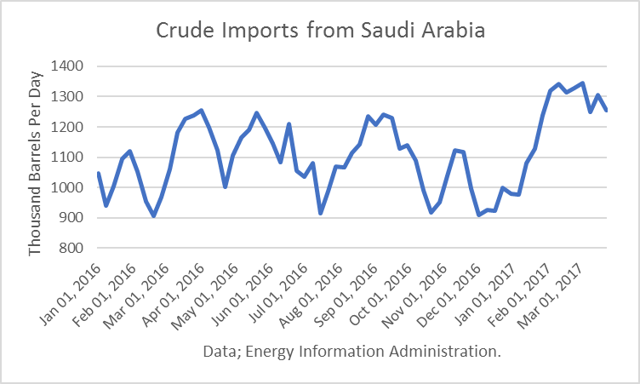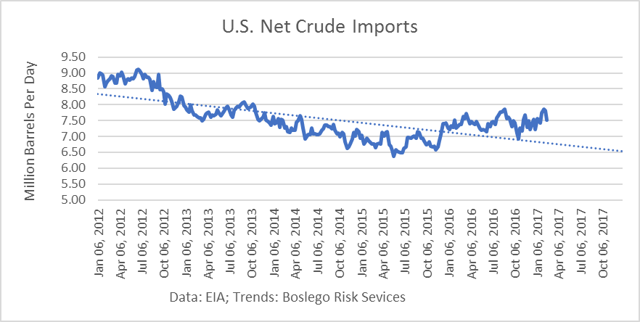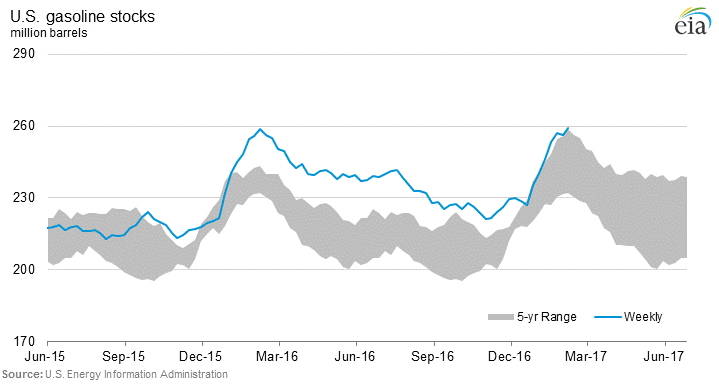
Crude oil was the worst-performing asset in the first quarter of 2017, losing 5.9 percent. That period coincided with the first three months of the OPEC-non-OPEC production cutbacks, which were intended to reduce global inventories and support oil prices.
Instead, global stocks increased from end-December through February. And U.S. crude stocks built by a staggering 57 million barrels through March. In addition, based on the Energy Department’s weekly data, U.S. crude production rose by 429,000 b/d from end-December through end-March. The Saudi Energy Minister, Khalid Al-Falih, had said during the OPEC press conference on December 10th that he did not expect any increase in U.S. production for all of 2017.

Source: OPEC
Saudi Arabia claimed to cut its production effective January 1st, but crude imports from KSA to the U.S. soared until the final week of March. In the YTD through March 24th, imports were up by 17% from the same period in 2016, and by 30% from December. Continue reading "OPEC's Rollover Of Deal May Be Full Of Holes"



